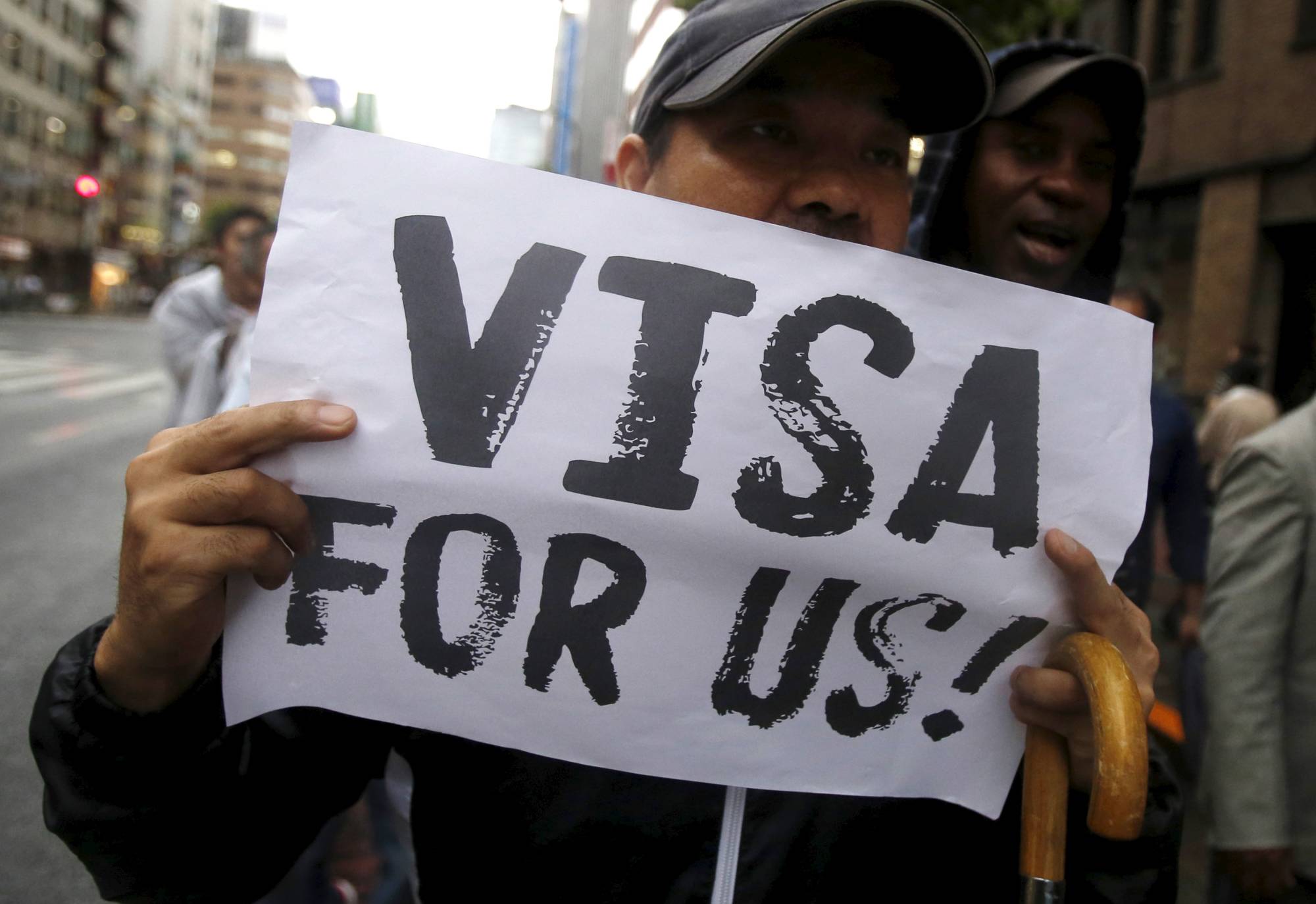After nearly eight years in office, Shinzo Abe, Japan’s longest-serving prime minister, resigned for health reasons on Sept. 16. Under his administration, the number of foreign workers in Japan more than doubled to reach 1.6 million even though he repeatedly claimed that admitting such workers was different from an immigration policy, which his government had no intention to pursue. Thus, speaking of an “immigration policy” has become a political taboo in Japan.
Yoshihide Suga, the nation’s new prime minister, during his time as the chief Cabinet secretary in the Abe administration, was the driving force behind changes in migrant worker policy. In December 2018, Japan revised its immigration control law to attract so-called “middle-skilled” foreign workers to deal with labor shortages in 14 sectors including care-giving, the food services and construction. The revision went into effect in April 2019, and the Justice Ministry’s immigration bureau was reorganized and expanded into the Immigration Services Agency. Is Japan’s new approach working and has it done enough to address the question of immigration?
In reforming the immigration control law in 2018, the national government worked out a comprehensive policy to accept talent from abroad and ease their transition into Japanese society. A key component of the policy was to set up local centers that offer multilingual referral services to foreign residents. The Immigration Services Agency has assisted approximately 180 local governments to establish or manage such centers throughout the country.















With your current subscription plan you can comment on stories. However, before writing your first comment, please create a display name in the Profile section of your subscriber account page.